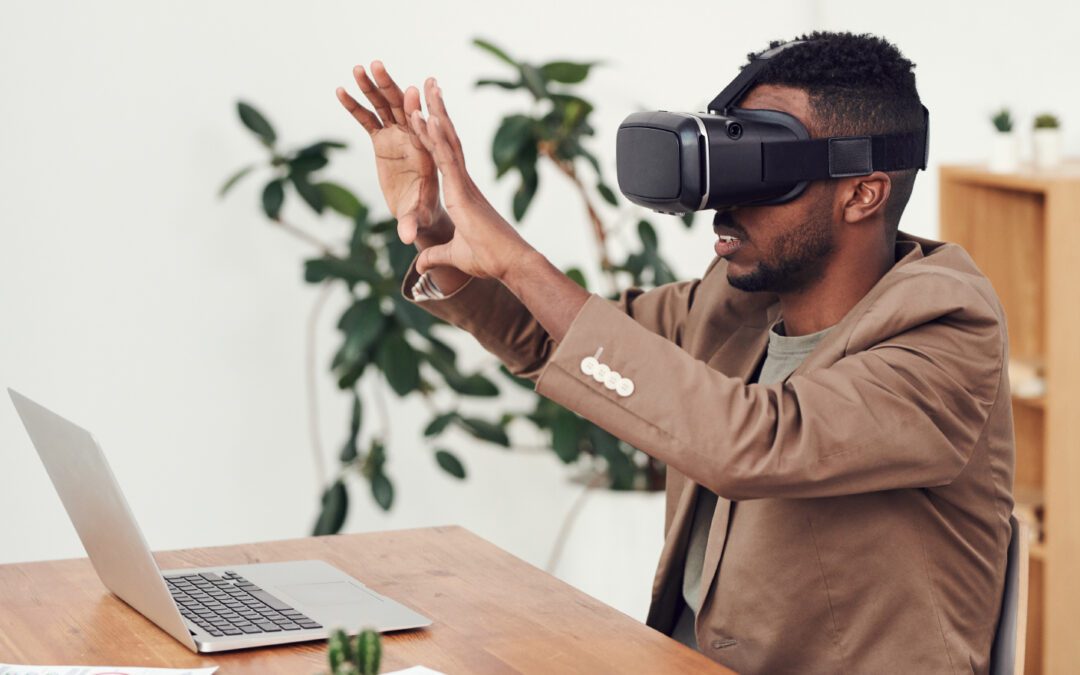Learn From An Experienced Team That Analyze Customer Insights To Help Make Result Driven Brands.

Virtual reality (VR) has been a game-changer in many fields, from gaming and entertainment to education and training. With the help of VR technology, we can create immersive and interactive experiences that allow us to explore new worlds and scenarios. However, as we spend more time in virtual environments, it’s essential to understand how they affect our emotions and behavior.
In this blog post, we’ll take a closer look at the psychology of virtual reality and its impact on human psychology.
Presence and Immersion in Virtual Reality
One of the key features of virtual reality is its ability to create a sense of presence and immersion. When we put on a VR headset, we’re transported to a virtual world that feels real and convincing. This feeling of presence is created by the combination of sensory cues, such as visual and auditory stimuli, and the user’s actions and movements in the virtual environment.
Research has shown that the sense of presence and immersion in VR can have a significant impact on our emotions and behavior. For example, a study conducted by Stanford University found that people who experienced a VR simulation of deforestation were more likely to support conservation efforts in real life. This suggests that VR can be a powerful tool for promoting empathy and prosocial behavior.
The Uncanny Valley and Human-Like Avatars
One of the challenges of creating realistic virtual environments is the “uncanny valley” phenomenon. This term describes the discomfort people feel when they encounter human-like avatars that are almost, but not quite, realistic enough. This discomfort can be caused by a variety of factors, such as unrealistic facial expressions, stiff movements, or unnatural textures.
Research has shown that the uncanny valley can have a negative impact on our emotions and behavior in virtual environments. For example, a study conducted by the University of British Columbia found that people who interacted with a human-like avatar that was in the uncanny valley reported feeling more uncomfortable and less connected to the avatar than those who interacted with a more stylized avatar.
Ethical Considerations in Virtual Reality
As VR technology becomes more advanced and accessible, it’s essential to consider the ethical implications of its use. For example, virtual environments can be used to simulate realistic scenarios, such as emergency response training or combat situations. While these simulations can be useful for training and education, they also raise questions about the potential desensitization to violence or traumatic experiences. Similarly, the use of VR in therapy and mental health treatment raises questions about privacy, informed consent, and the potential risks and benefits of virtual interventions.
Conclusion
In conclusion, virtual reality is a powerful tool that can have a significant impact on our emotions and behavior. By creating a sense of presence and immersion, VR can promote empathy and prosocial behavior. However, the uncanny valley phenomenon and ethical considerations must be taken into account when designing virtual environments.
As VR technology continues to evolve, it’s essential to conduct further research into its psychological effects and to develop ethical guidelines for its use. By doing so, we can ensure that virtual reality is used in a responsible and beneficial way that enhances our lives rather than detracting from them.




